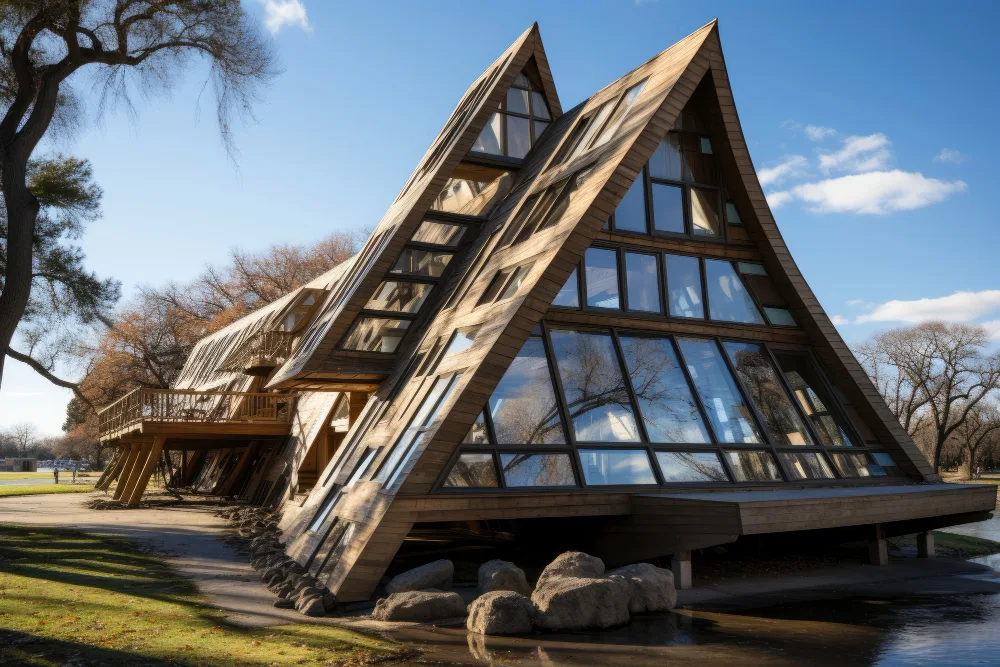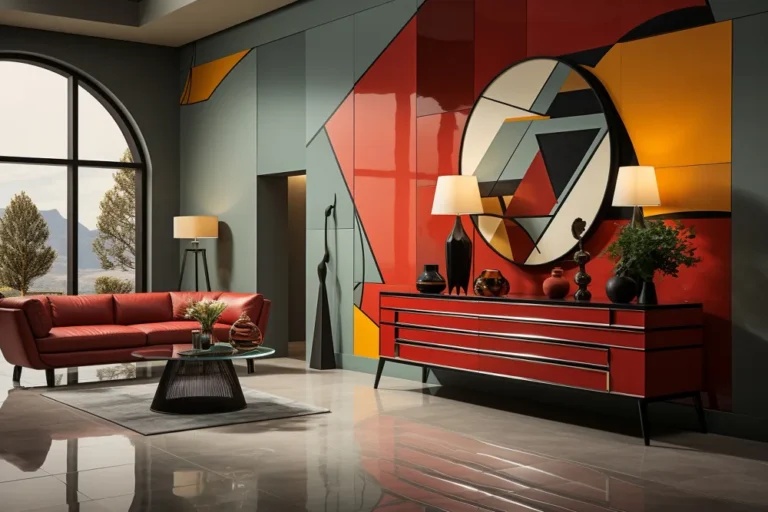In the modern world of digital trends and shifting cultural paradigms, the concept of the voyeuristic house has gained increasing attention. Whether discussed in architectural circles, artistic interpretations, or pop culture references, the voyeuristic house represents more than just a structure—it touches on privacy, surveillance, human curiosity, and the psychological impact of space. In this comprehensive guide, we’ll explore the meaning, benefits, applications, and best practices surrounding the voyeuristic house.
Introduction
The term voyeuristic house refers to a design or setting—real or conceptual—where observation plays a central role. The idea originated in various disciplines including architecture, literature, cinema, and psychology, often symbolizing a tension between the observed and the observer. These spaces are often associated with open interiors, see-through boundaries, or surveillance-oriented designs, reflecting themes of exposure, transparency, and desire.
With rising discussions about privacy and digital observation, the voyeuristic house becomes a powerful metaphor and, at times, a literal space designed to challenge conventional ideas about how we live and what we choose to reveal or conceal.
Benefits of Voyeuristic House
How It Helps in Understanding Human Behavior
The voyeuristic house offers psychological insight into how people behave when they know they are being watched—or even when they think they are. Architects and designers use voyeuristic house elements to study interactions, encourage openness, or stimulate creativity.
- Enhances transparency in relationships or group settings
- Encourages accountability due to visibility
- Helps understand emotional responses to openness or constraint
Key Advantages for Designers and Thinkers
For architects, sociologists, and artists, the voyeuristic house acts as a canvas to explore boundaries between public and private space. Benefits include:
- Stimulates creative spatial design
- Facilitates experimental layouts with emotional impact
- Offers a deeper layer of storytelling and narrative in design
- Encourages interaction between interior and exterior elements
How to Use/Apply Voyeuristic House
Step-by-Step Guide
- Identify the Purpose: Is it for artistic effect, observational study, or a statement on surveillance?
- Select Materials Wisely: Glass walls, mirrored surfaces, and open layouts are typical.
- Design with Intention: Place visibility strategically—windows, open floors, and light can shape how space is perceived.
- Integrate Technology: Surveillance systems, smart glass, or even virtual walkthroughs can add modern relevance.
- Respect Ethical Boundaries: Always ensure that voyeuristic elements are consensual and do not breach privacy laws.
Common Mistakes to Avoid
- Ignoring Legal Boundaries: Recording or observing people without consent is unethical and often illegal.
- Overexposure: A space too open can lead to discomfort or anxiety.
- Lack of Functionality: Never sacrifice usability just for voyeuristic aesthetics.
- Poor Lighting Balance: Over-lit spaces may create glare or reduce the intended visual hierarchy.
Best Practices for Voyeuristic House
Tips & Tricks for Better Results
- Use contrasting opacity: Combine transparent and solid elements for aesthetic balance.
- Layer visibility: Play with depth of field in space design—what’s visible at a distance versus up close.
- Incorporate nature: Let outdoor elements like gardens or courtyards enhance the voyeuristic theme.
- Add mirrors carefully: Reflective surfaces can create illusions and multiple points of view.
Expert Recommendations
- Architects suggest using voyeuristic design in public installations or artistic homes, not in sensitive areas like bathrooms or bedrooms unless specifically intended for performance art.
- Psychologists caution that voyeuristic environments should not infringe upon a person’s sense of security.
- Interior designers recommend a minimalist approach for elegance and clarity in visibility lines.
FAQs About Voyeuristic House
What is the primary goal of a voyeuristic house?
To explore themes of observation, openness, and psychological dynamics through spatial design. It often challenges traditional privacy norms.
Is a voyeuristic house legal?
Yes, when designed ethically and in compliance with local building and privacy laws. It should never involve unauthorized surveillance or exposure.
Can I build a voyeuristic house for residential purposes?
Absolutely. Many homeowners opt for glass walls, open spaces, and minimal partitions to create modern, airy homes with voyeuristic aesthetics.
Are there famous examples of voyeuristic houses?
Yes. Notable architectural projects, like the Glass House by Philip Johnson, incorporate voyeuristic elements. Movies like Rear Window also explore the concept metaphorically.
Conclusion
The voyeuristic house stands at the intersection of architecture, psychology, and philosophy. It isn’t just a trend—it’s a provocative exploration of human behavior, societal norms, and personal boundaries. By understanding the design principles, ethical implications, and potential benefits, you can incorporate voyeuristic elements into art, architecture, or even storytelling with purpose and precision.
Whether you’re a creative professional, a curious homeowner, or a scholar, engaging with the voyeuristic house concept opens up new dimensions of understanding space and human interaction.










